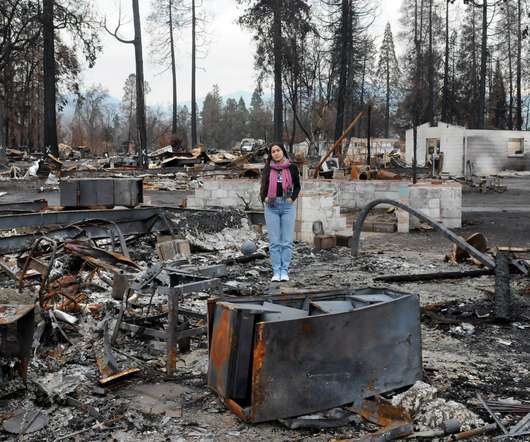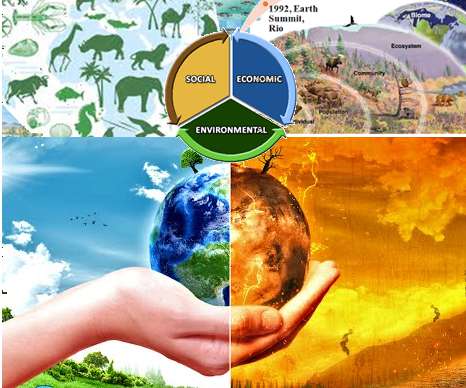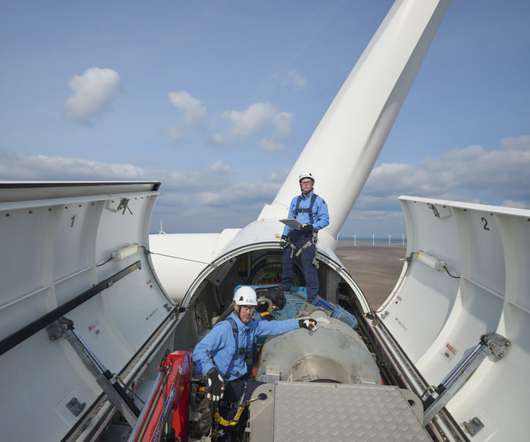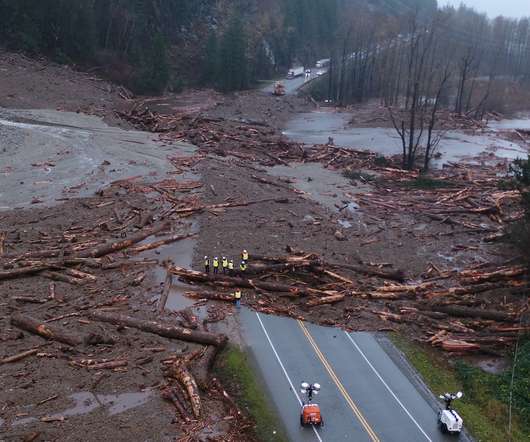SPACs offer new investment opportunities for energy industry
Renewable Energy World
JULY 4, 2021
The development and implementation of methane capture and carbon sequestration technologies meet a large, current need for reduction of greenhouse gas emissions. The energy department recently announced a new program to reduce the costs of carbon free hydrogen by 80% by the end of this decade. The acquisition and re?purposing















Let's personalize your content